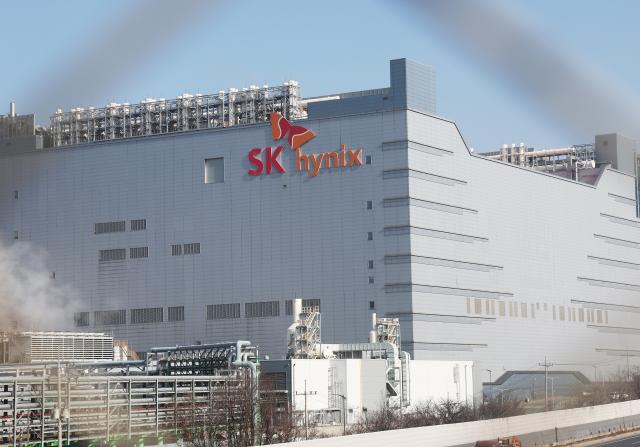
SEOUL, May 16 (AJP) - South Korea’s largest corporations reported a sharp rise in operating profits in the first quarter of 2025, buoyed by a resurgence in the IT electronics sector, according to data released Friday by corporate tracker CEO Score.
Among the nation’s top 500 companies, operating profits rose 17.1 percent year-over-year, climbing to 60.96 trillion won (approximately $44.6 billion) from 52.07 trillion won during the same period in 2024.
The findings are based on earnings from 342 firms that submitted quarterly results. Overall sales increased 3.8 percent to 814.60 trillion won.
SK hynix led the surge, recording an operating profit of 7.44 trillion won — a dramatic jump from 2.89 trillion won a year earlier — amid a rebound in semiconductor demand.
Samsung Electronics ranked second with 6.69 trillion won in operating profit, while Korea Electric Power Corporation (KEPCO), Hyundai Motor, and Kia followed with 3.75 trillion won, 3.63 trillion won, and 3.01 trillion won, respectively.
The performance marks a notable turnaround for SK hynix, which also posted the largest year-on-year increase in operating profit, adding 4.55 trillion won. KEPCO followed with a 2.45 trillion won gain, while Korea Hydro & Nuclear Power, Hanwha, and Hanwha Aerospace also reported significant improvements.
However, not all sectors shared in the recovery. Samsung SDI posted the largest operating loss at 4.34 trillion won, as the battery manufacturer faced mounting production costs and weaker demand.
Other major losses came from L&F (-1.40 trillion won), Lotte Chemical (-1.27 trillion won), SK Energy (-1.26 trillion won), and HD Hyundai Chemical (-1.19 trillion won).
The petrochemical industry was particularly hard hit.
Five of the 10 companies with the largest declines in operating profit belonged to the sector, reflecting global headwinds including weakening demand, shrinking refining margins, and ongoing U.S.-China trade tensions.
Copyright ⓒ Aju Press All rights reserved.

